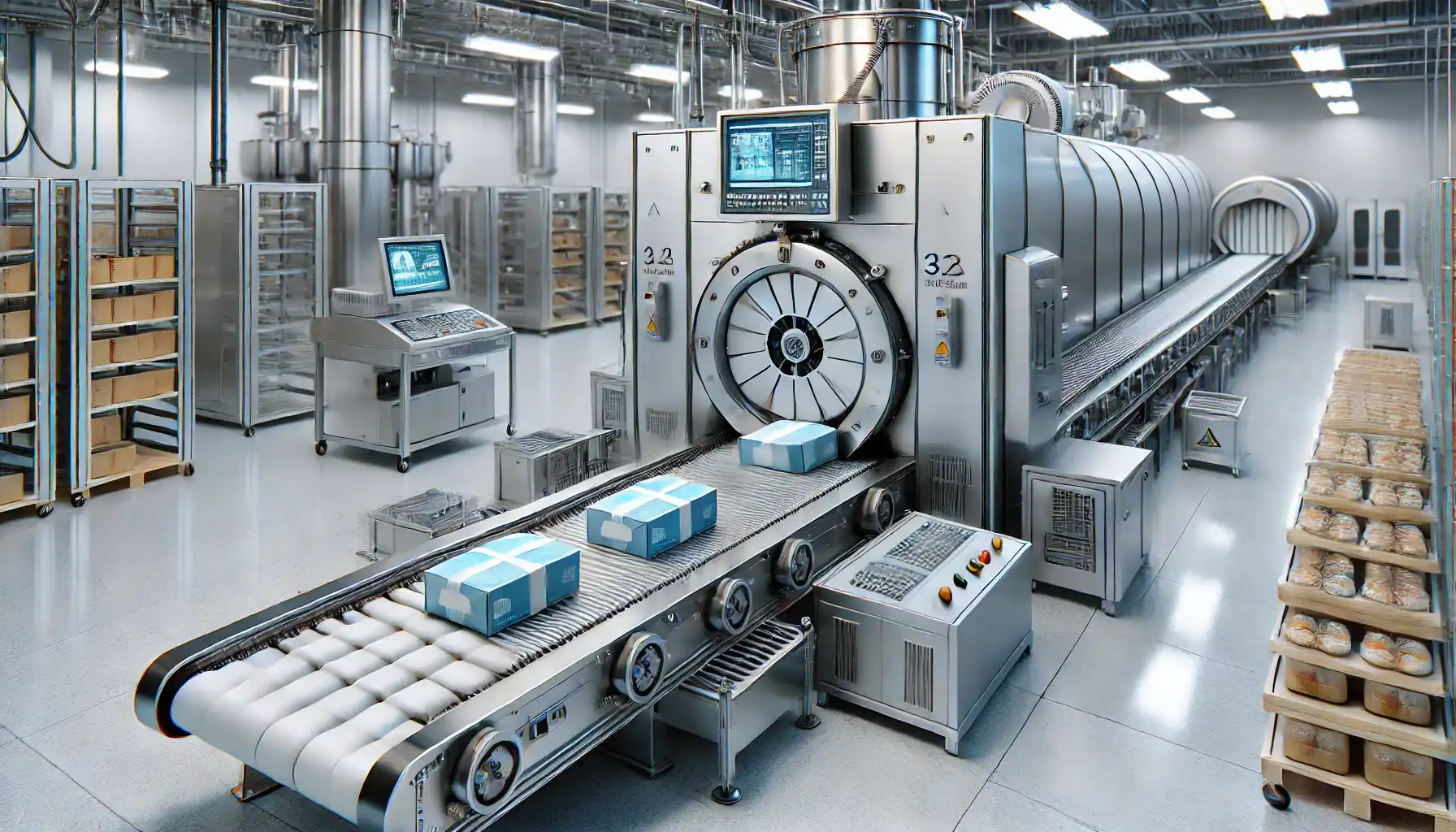


X Ray for Food Industry

In the contemporary food industry, X Ray technology has emerged as a crucial innovation that revolutionizes how companies ensure the safety and quality of their products. The use of X Ray in food inspection serves as a vital tool for detecting various physical hazards, including metal, glass, plastic, and other contaminants that can compromise products and pose risks to consumers. This article discusses the application of X Ray technology in the food industry for contaminant detection, ensuring compliance with safety standards, enhancing product quality, and protecting brand reputation.
Key Benefits of X Ray in Food Safety Inspection
- Accurate Detection of Physical Contaminants
X Ray machines operate by visualizing density differences within products, allowing denser contaminants to be clearly identified in the generated images. This provides additional protection for consumers and assists food producers in adhering to strict safety standards. - Comprehensive Quality Control
Beyond detecting contaminants, X Ray technology plays a vital role in internal quality control. It allows companies to examine product integrity, ensuring that frozen products are free from excessive ice crystals that can affect texture or flavor. X Ray machines also verify whether packaging has been properly sealed and ensure that products are filled to appropriate levels. This feature helps companies maintain consistent product quality, rectify potential packaging issues, and minimize the likelihood of returns or consumer complaints. - Efficiency and Speed in Inspection Processes
With X Ray technology, product inspections can be conducted quickly and efficiently, reducing the need for slower manual checks that may be less accurate. X Ray machines can inspect thousands of product units in an hour, helping increase production throughput and keeping production processes running smoothly. This efficiency also contributes to operational cost savings for manufacturers and accelerates inspection times, ensuring products are available for market sooner 1. - Compliance with Food Safety Standards
The food industry currently faces increasing regulatory challenges, with many countries enforcing high safety standards that producers must meet. X Ray technology provides a solution for manufacturers to comply with these regulations by delivering accurate inspection reports and detection data. This capability helps reduce the chances of product recalls, which can damage a company’s reputation and lead to significant financial losses. By utilizing X Ray, producers can ensure their products meet strict safety and quality standards before reaching the market. - Protecting Brand Reputation
In a highly competitive industry, reputation and consumer trust are critical assets for food manufacturers. The use of X Ray technology not only guarantees product safety and quality but also enhances consumer confidence. By ensuring that the products received by consumers are free from contamination or defects, companies can maintain a positive reputation and increase customer loyalty towards their brand. Rigorous quality monitoring as a form of brand protection is one of the primary strategies used by leading food companies to sustain and enhance their market share.
Why X Ray Technology is Becoming Essential in the Food Industry
As consumer demand for safe and high-quality products continues to grow, X Ray technology has become an essential element in the food industry. With its ability to detect physical contaminants and monitor product quality, X Ray helps manufacturers achieve high food safety standards. Additionally, advancements in technology have made X Ray systems increasingly efficient, accurate, and user-friendly, making them a worthwhile investment for producers focused on long-term safety and brand protection.
MediaTek's Dimensity 8300 Offers Power-Efficient 5G Phone
NASA's Curiosity rover has completed 4,000 days of exploring Mars
IT Infrastructure: Indonesia's AI and Semiconductor Strategy
Copyright © 2023 Visi Global Teknologi. All rights reserved.


